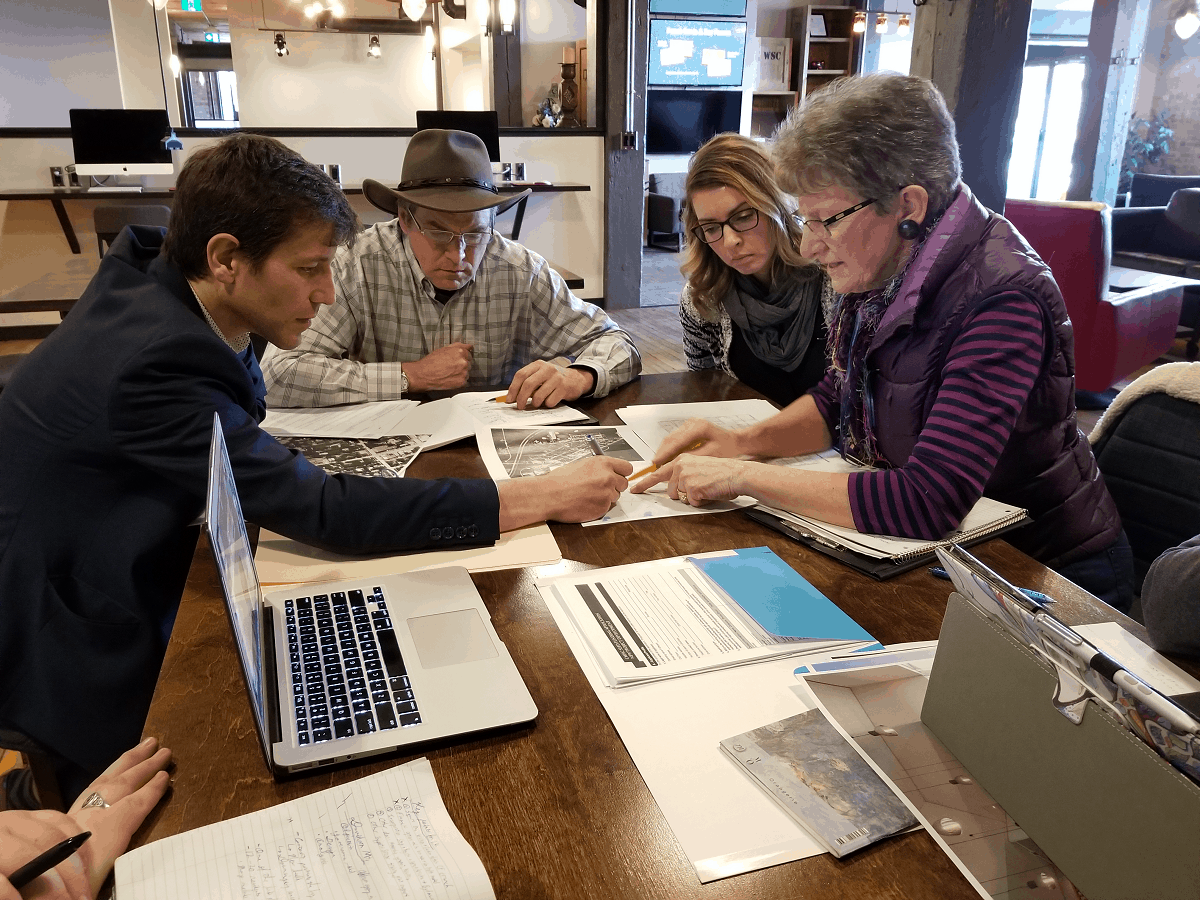A successful co-op has 3 main ingredients
Every co-op start-up needs a champion with a vision, a group with a shared interest and a market for the service or product delivered by the co-op. Creating bylaws, setting up incorporation and understanding feasibility are all extremely important (and some even required) in developing a successful co-op.
But there are three often-overlooked ingredients that can better position a co-operative start-up for success. If you have these ingredients, the rest is gravy. (Okay, truth be told the process is still a lot of work, but it will certainly go a whole lot more smoothly if you have them).
RELATED
What it means to explore an opportunity
5 ways to increase membership engagement
Identifiable Leader
Co-operatives have an equitable decision-making structure, but that doesn’t mean they don’t require vision, grit and energy. A key ingredient in developing a successful co-operative, like any business or organization, is vision and entrepreneurship: someone (or a group of someones) who understands the goal of the organization, where it needs to go, and — perhaps most importantly — who has the energy to help get it there.
Every co-op needs a champion. This person is a leader. They take charge and see opportunity where others see barriers. While they may not know exactly how to get to the finish line, they can see it nonetheless and are willing to think creatively and organize others to help reach it.
In short, they’re entrepreneurial. Find this person or be this person. Otherwise, you will struggle to find clarity of purpose and drive.
Identifiable Group
Having an identifiable group of interested people willing to put skin in the game is essential to creating a successful co-op. Without an identifiable group of shareholders, it will be very hard to form (or at least sustain) a co-operative.
This clearly defined group is important because a definitive component of co-operatives is the co-operation that happens between shareholders or members. This co-operation is also one reason why co-operatives tend to last longer and survive start-up years better than other business models.
Included in this group advantage is the assets and stakeholders the core group brings with it. Taking an inventory of these assets can help you outline the strengths the group bring to the new organization, how the values of group members overlap and bond the group, and what external supports might be required to supplement the group’s efforts.
Identifiable Market
Perhaps the most overlooked part of starting up a co-operative is identifying a viable market for the products or services the co-operative is meant to deliver.
For example, a non-profit community service co-operative formed to supply access to exercise equipment in a small town will want to make sure there is enough interest in the broader community to make the investment worth the effort.
Likewise, creating a co-operative retail, such as a grocery store, should take into account not only interest but capacity of the market. Sure, people will be interested in having a grocery store, especially if there isn’t one in the community. But you still need to ask: can the local market support it? What’s it going to cost you to change people’s current habits? (Just because you build it doesn’t necessarily mean they will come).
Asking questions like these, doing a feasibility study, and generating a comprehensive business plan will take some of the risk out of the start-up process. But a solid blend of the above three ingredients will help ensure the remaining risk is worth the effort. If you need help with any of these ingredients, or any advice for maintaining a successful co-op, contact us.





